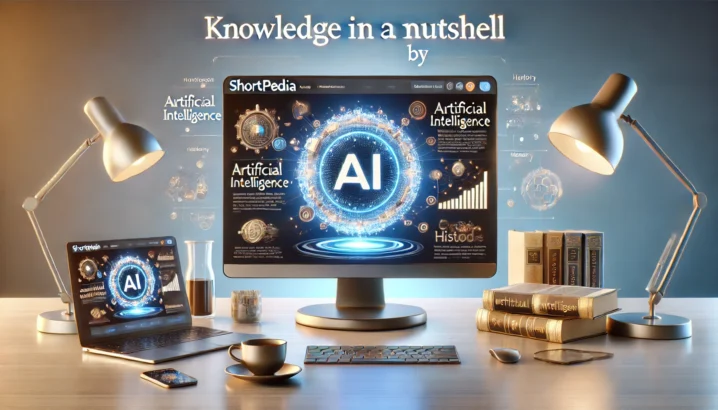Animation: The Magic of Moving Images
Imagine a world where still images come to life, where characters dance across the screen with fluidity and grace. That’s animation – a filmmaking technique that has captivated audiences for centuries. But what exactly is it? How does it work?
The Basics of Animation
Animation creates moving images from still ones, making the impossible possible. Traditional animation involves drawing on transparent cels, while computer animation uses advanced software to bring characters and scenes to life. Stop motion techniques are used with paper cutouts, puppets, or clay figures, each piece meticulously moved frame by frame.
History of Animation
Long before modern animation began, audiences were mesmerized by the magic of moving characters. For centuries, master artists and craftsmen brought puppets, automatons, shadow puppets, and fantastical lanterns to life, inspiring the imagination through physically manipulated wonders.
Before Cinematography
In 1833, the stroboscopic disc (better known as the phenakistiscope) introduced the principle of modern animation. This was followed by the zoetrope in 1866 and the flip book in 1868. These early inventions laid the groundwork for what we now know as animation.
The Silent Era
When cinematography broke through in the 1890s, it took years before animation found its way to cinemas. The success of The Haunted Hotel (1907) by J. Stuart Blackton popularized stop motion and inspired Émile Cohl to create Fantasmagorie (1908), the oldest known example of a complete traditional animation on standard cinematographic film.
American Golden Age
In 1928, Steamboat Willie, featuring Mickey Mouse and Minnie Mouse, popularized film-with-synchronized-sound. This marked the start of the golden age of American animation that would last until the 1960s. Studios like Walt Disney Productions introduced characters such as Goofy (1932), Donald Duck (1934), and Bugs Bunny (1938) that became iconic.
From Cels to Computers
Computer animation emerged in the 1940s, with 3D wireframe animation appearing in the 1970s. Pixar’s Toy Story (1995) popularized the 3D style, and most studios switched to computer animation in the 1990s. This shift brought about a new era of digital creativity and innovation.
Economic Status and Impact
The animation market was estimated to be worth $80 billion in 2010 and increased to $370 billion by 2021. Animation is used for instruction, propaganda, and commercials due to its clarity and malleability. It has been used extensively during World War II for propaganda and in TV commercials since the 1960s.
Other Media and Merchandise
Cartoon characters can be lucrative through licensing for merchandise and other media. Animation is closely related to comic books, with many comic book characters adapted into screen-based media. Characters and plots from video games can be derived from films and vice versa.
The Art of Animation
Creating non-trivial animation works involves unique aspects like labor intensity, high production costs, and the need for consistency throughout the film. Studios maintain story departments to develop every scene through storyboards before handing it over to animators. Animation requires a consistent style, which can be challenging as individual animators have their own styles.
Animation Techniques
Full animation involves 12-24 drawings per second for smooth movement, while limited animation uses less detailed drawings and choppy movement. Rotoscoping traces live-action movement frame by frame, and stop motion includes puppet figures interacting in a constructed environment or clay animation using malleable materials.
Computer Animation
Computer animation encompasses 2D and 3D techniques, with full animation producing high-quality traditionally animated films. Cel shading mimics traditional animation using computer software, while machinima creates films by screen capturing in video games and virtual worlds.
Hybrid Techniques
Hydrotechnics uses lights, water, fire, fog, and lasers with high-definition projections on mist screens. Drawn-on-film animation creates footage directly on film stock, while paint-on-glass animation manipulates slow-drying oil paints on sheets of glass.
The Future of Animation
As technology continues to evolve, the possibilities for animation are endless. From traditional hand-drawn techniques to cutting-edge computer-generated imagery, the art of bringing still images to life is more vibrant than ever. The Walt Disney Company, a prime example, has commercially exploited their creations across various media, contributing significantly to their earnings.
Animation excellence is recognized through awards like the China’s Golden Rooster Award, ASIFA-Hollywood’s Annie Awards, and Emile Awards in Europe. Animated movies have been nominated and won awards in categories other than Best Animated Feature, with some films even receiving Best Picture nominations.

As we look towards the future, animation will continue to evolve, pushing boundaries and captivating audiences with its magic. The art of bringing still images to life is not just a technique; it’s a powerful tool for storytelling that transcends time and technology.
You want to know more about Animation?
This page is based on the article Animation published in Wikipedia (retrieved on February 2, 2025) and was automatically summarized using artificial intelligence.





